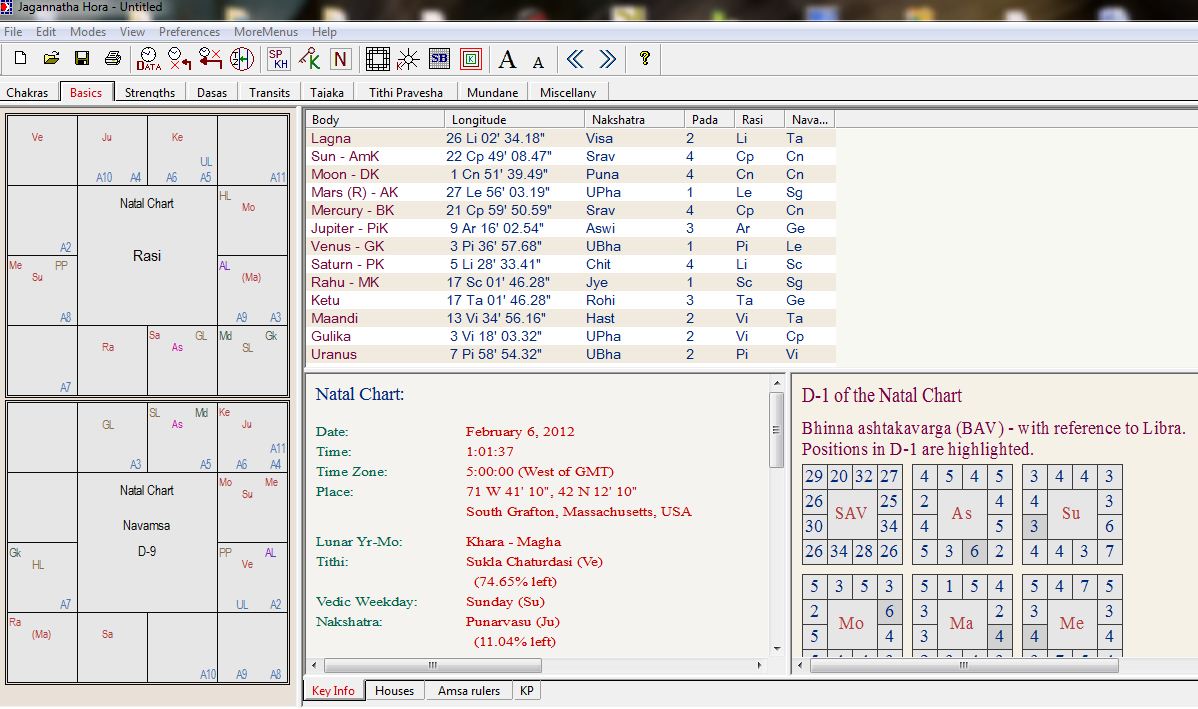
'Dashavatara' or ' daśāvatāra' (दशावतार) means 'ten avatars' or 'ten incarnations': The order of the ancient concept of Dashavataras has also been interpreted to be reflective of modern Darwinian evolution, as a description of the evolution of consciousness. All avatars have appeared except one Kalki, who will appear at the end of the Kali Yuga. Some traditions include a regional deity such as Vithoba or Jagannath in penultimate position, replacing Krishna or Buddha. In traditions that omit Krishna, he often replaces Vishnu as the source of all avatars.

Though no list can be uncontroversially presented as standard, the "most accepted list found in Puranas and other texts is Krishna, Buddha." Most draw from the following set of figures, in this order: Matsya Kurma Varaha Narasimha Vamana Parashurama Rama Krishna or Balarama Buddha or Krishna and Kalki. The list of included avatars varies across sects and regions, particularly in respect to the inclusion of Balarama (brother of Krishna) or Gautama Buddha. The word Dashavatara derives from daśa, meaning 'ten', and avatar ( avatāra), roughly equivalent to 'incarnation'. Vishnu is said to descend in the form of an avatar to restore cosmic order. The Dashavatara ( / ˌ d ə ʃ ɑː v ˈ t ɑː r/ Sanskrit: दशावतार, daśāvatāra) are the ten primary avatars of Vishnu, a principal Hindu god.

Anticlockwise from top left: Matsya Kurma Varaha Narasimha Vamana Parashurama Rama Krishna Buddha and Kalki Hindu god Vishnu (centre) surrounded by his ten major avatars.


 0 kommentar(er)
0 kommentar(er)
